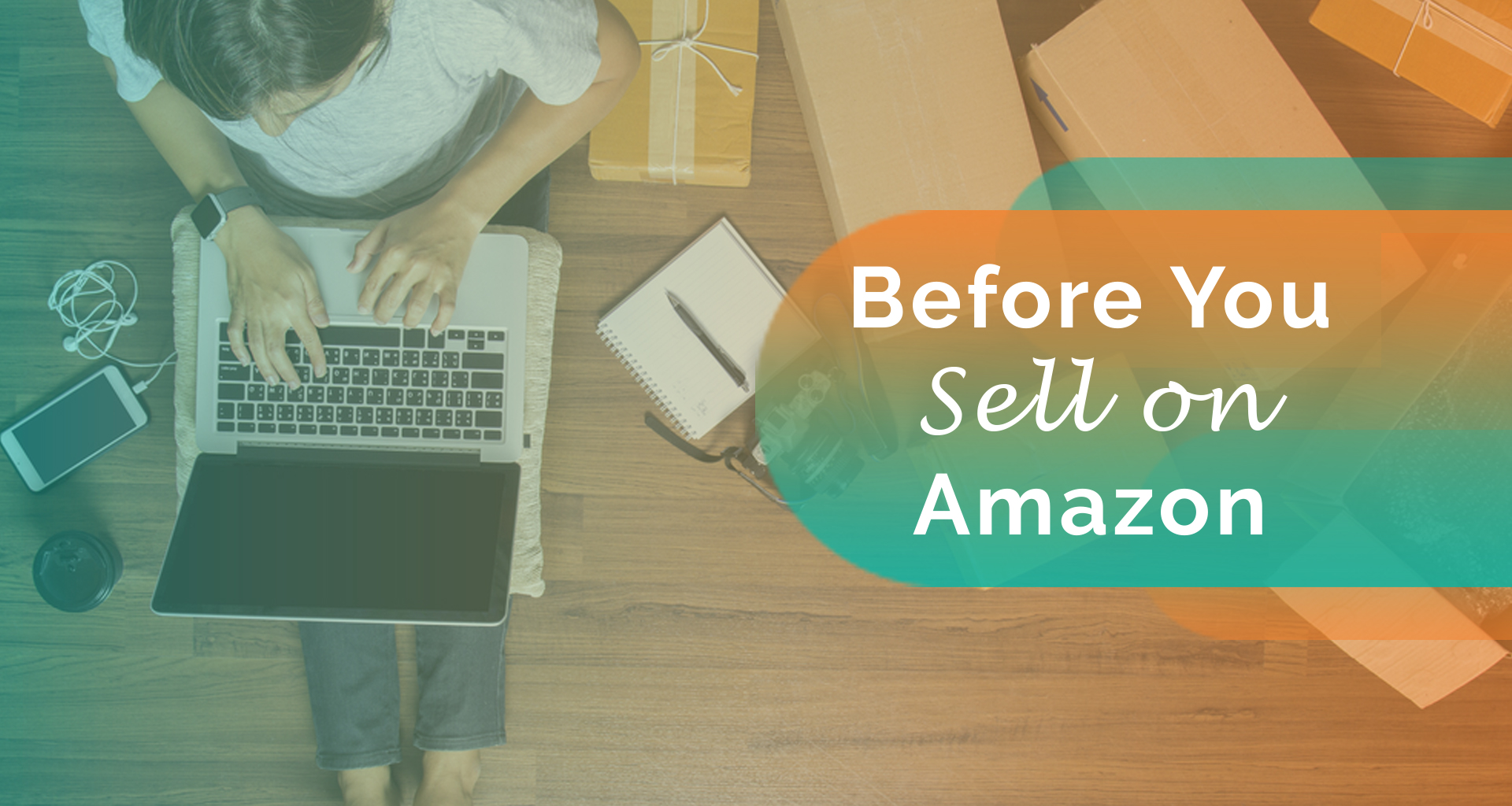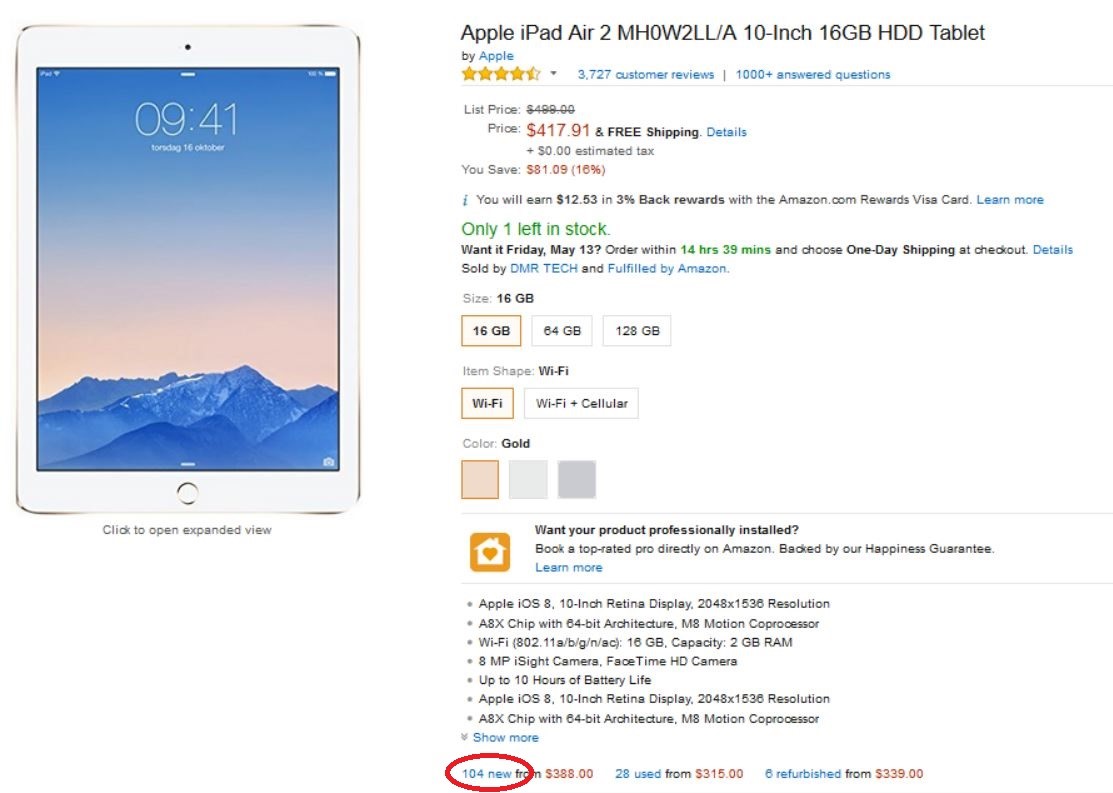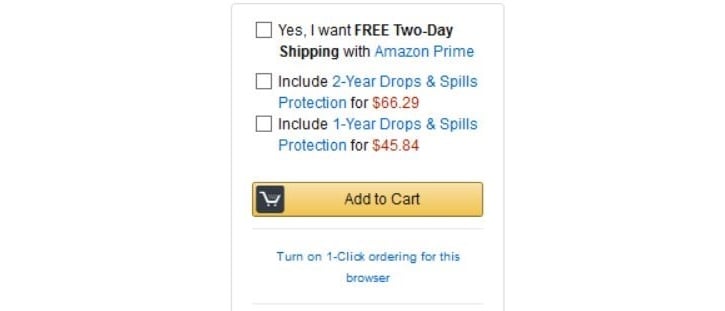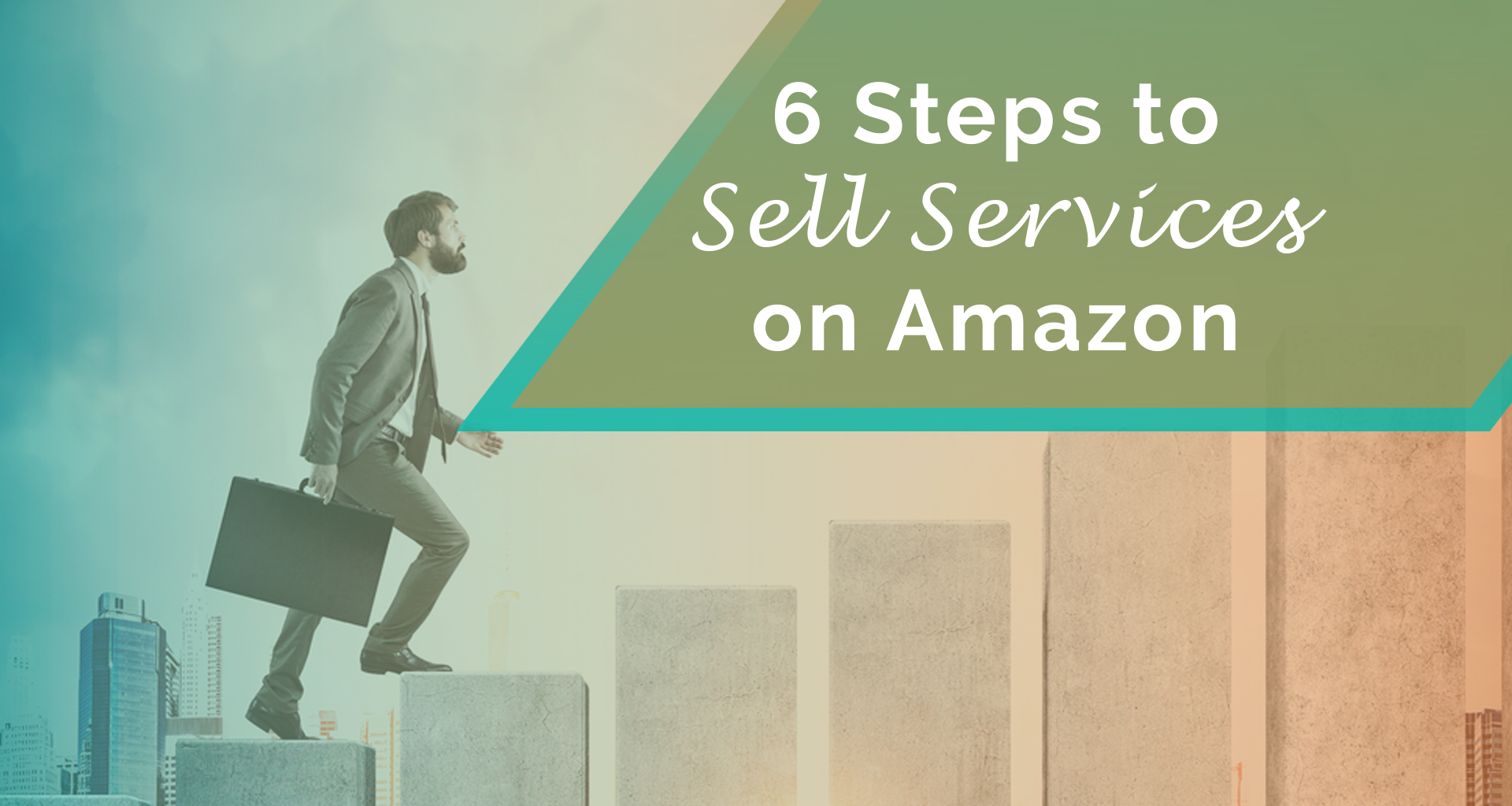If you’re thinking about becoming an Amazon seller but don’t know what you want to sell yet, you’ve come to the right place.
It doesn’t matter if you’re selling vegan cat food or healing chakra stones. If there is a big enough niche that you can enter and disrupt, there is an opportunity.
In this blog, we’ll look at how you can find a profitable product to sell on Amazon by looking at product types, differentiation, pricing, shipping, reviews, and sourcing. You can utilize research tools to gain perspective on all of these categories, and reading this blog might also help.
Table of Contents
Also Read:- How to find a profitable product to sell on Amazon
Before we start
By reading this blog, you’re already on the right track. You’re doing your research and trying to figure out the best way to find a product to sell on Amazon.
Although profitability is the most important word in this blog, I should have mentioned that research is the second most important word. Because ultimately, profit comes as a result of research.
So where do we start with our research?
First thing’s first, go to either Helium 10 or Jungle Scout and subscribe to their service. I won’t detail a ton of the pros and cons of the services but pick one of the two at your discretion. Yes, I know, you must research even the research tools themselves. These product research tools are the premier services in the Amazon seller space, and I guarantee that a majority of sellers use one of the two.

They both provide information that will be critical to your success, such as:
- Finding existing profitable products that will allow you to find a niche projected to do well.
- Showing you existing products’ reviews, best seller rank, daily sales, monthly sales, and more.
- You can also find high-ranking keywords in a niche and see what other keywords existing products are using.
These are just broad strokes when referring to what these tools can do. They are capable of much, much more, but you will just have to go to each site to see which fits your needs best.
Now that you have your product research tools let’s start looking for a product.
Ideally, you’ll want to look for a low supply and high demand niche. That is easier said than done, but it’s best to find a niche where products sell at least 10 units per day. Any lower in daily product sales and there is virtually no profit to be made.
Also Read:- AMZ One Step Vs Jungle Market – The Best Marketplace for Amazon Sellers
Product Types
For your first product, it is generally best to stick to ones that are easy to manufacture and made from cheap materials. Go for plastic or rubber, essentially products that won’t break in shipment.
I advise you to stay away from electronics and glass. The reason being is that these types of products are notorious for being broken in shipment, which leads to a lot of returns. A high return rate can lead to extreme financial burdens and can be hard to navigate for first-time sellers. phentermine online doctor texas https://waldofleamarket.com/

Product Differentiation
Now that you understand how to find a niche and what type of products are ideal, maybe you have a type of product in mind. But how are you going to differentiate yourself?
You can’t just enter the market with the same product; slap your own logo on there and call it a day. No, you need a product and listing that stands out amongst the other listings. You need a product that shines and is a guiding light for all consumers to follow.

So how can you improve the product even in the slightest?
- Use different designs and colors.
- Have your product solve an issue better than existing products.
- Use different or higher quality material.
- You could include two products in one package.
- Offer a higher level of customizability.
That being said, you don’t have to reinvent the wheel. If the product is so different, people won’t even know to search for it.
Also Read:- Is it a good idea to start selling on Amazon in 2021?
Pricing
When choosing a product, it’s a good idea to look for one that you can sell for around $15-$50 USD.
The reason being is if you are under $15, then by the time you pay for manufacturing, shipping, and Amazon FBA fees, you’ll be lucky to break even.

Now, if your product is priced at over $50, you have passed the “impulse buy threshold”. What I mean by that is people will think twice before buying your product. The average person will not buy a product that is over 50 dollars on a whim. The chances of the potential customer hitting the “Buy Now“ button is lowered, and that person might even go back to check out competitors for a second time.
Of course, you can operate outside of the $15-$50 range but proceed with caution. It may be more difficult for first-time sellers, so I’d advise you to stay within that range.
Shipping
Generally, you want to choose an item that is small and lightweight. As you might expect, the more weight and the larger a product is, the more shipping costs you will incur. Shipping can be done in one of two ways.
The first is via ocean shipping. This is the cheaper and the more widely used of the two options, but it can be very slow, so you need to plan out your inventory carefully.
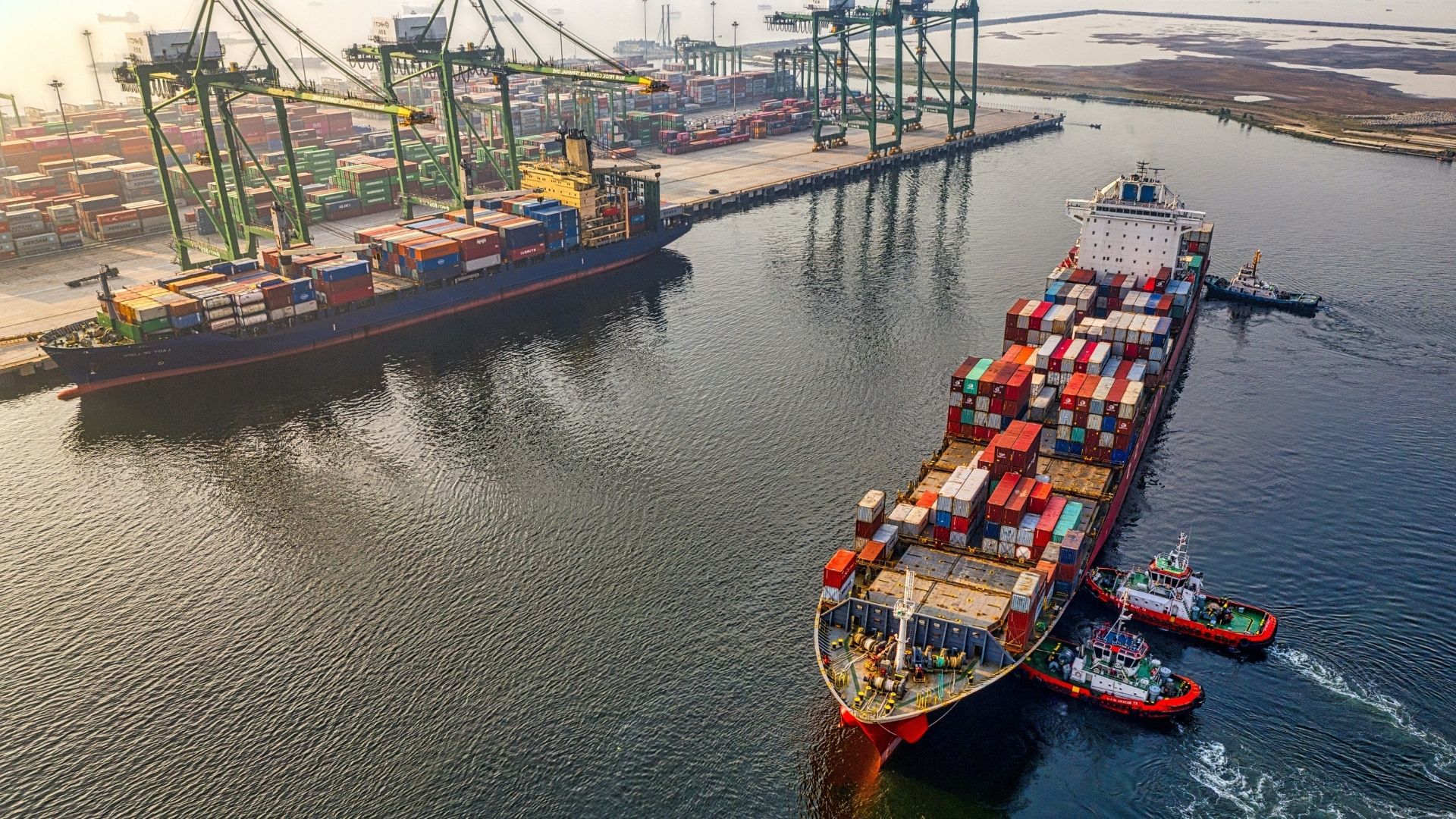
The second option is air shipping, where your inventory is brought over on a plane. Usually, the merchandise can reach the Amazon FBA Fulfillment center much quicker than ocean shipping. The downside to this option is it is usually only cost-effective for small and lightweight inventory; otherwise, it’s generally better to go with ocean shipping.
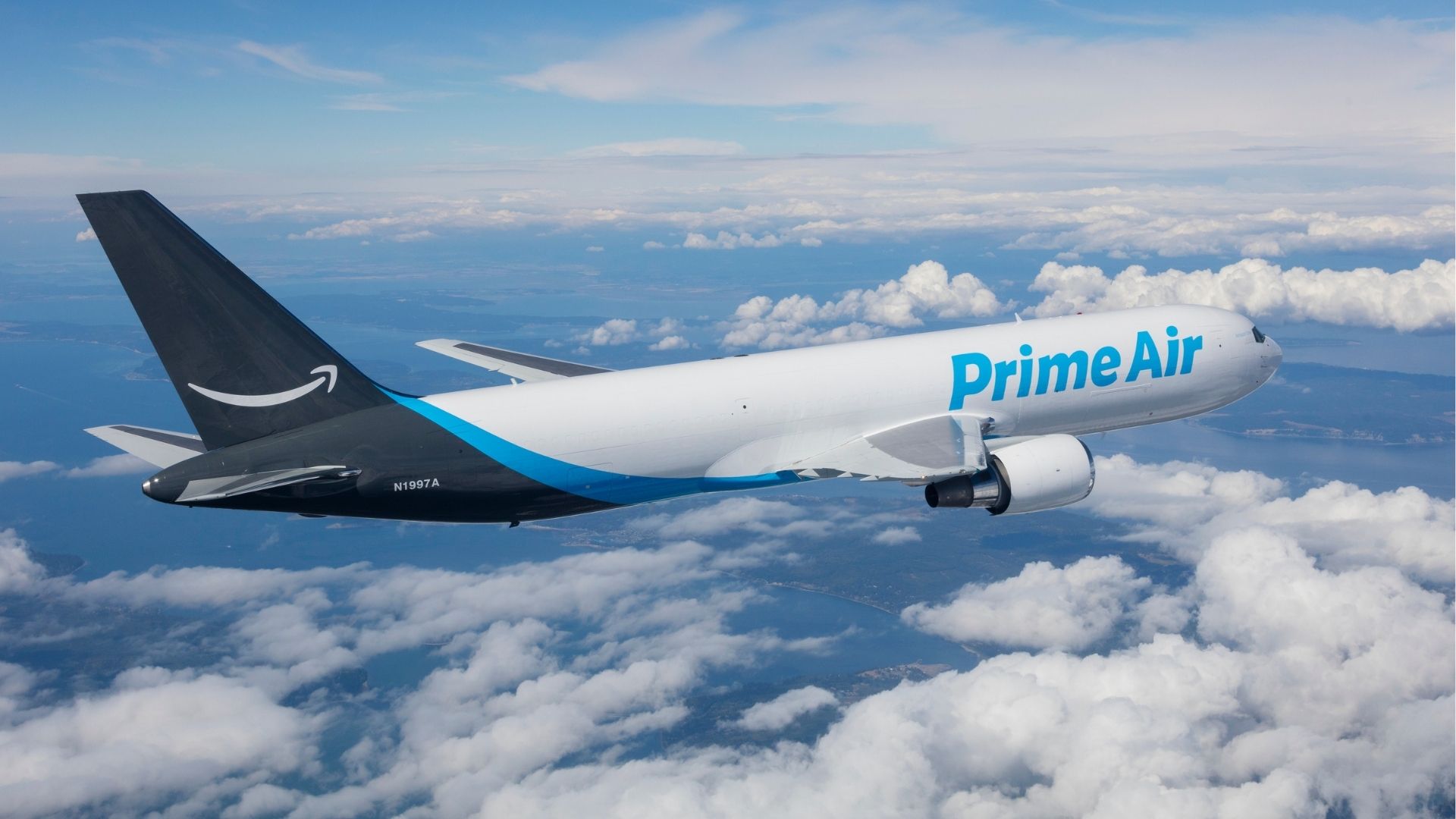
Also Read:- How To Sell On Amazon FBA (A Step-by-Step Guide for Beginners)
Reviews
If you didn’t already know, reviews are a massive component of selling on Amazon. The top sellers within a category, usually Amazon’s choice, will have several hundred if not thousands of reviews.
Realistically you won’t be competing with those products right away. Start with analyzing the products that have 100-200 reviews. Those are the products you will be competing with once you enter the space.
Once you have 50+ reviews, continue to bid on keywords so that you can surpass the 100-200 review products within the space.
Sourcing
You can source your product from any number of places, but I’ll just quickly mention a very commonly used source. Alibaba is essentially the number one place people go to find a product they can sell.
The appeal is that the work of developing a product is done for you instead of you having to go to a manufacturer with an idea and have them design and develop your product.
Again sourcing is a process that you will have to research in more detail.
Also Read:- 3D Rendering vs Product Photography & Which One Is A Better Option For Amazon Sellers?
Other things to consider
The US, UK, and Germany are the three biggest Amazon markets in the world. You’ll likely want to target one of these places, if not all three, when deciding where to sell your product. You must ensure that your product will appeal to an audience from the market you intend to target. For example, hockey sticks may sell really well in Canada but in Mexico…not so much.
It’s advisable to avoid any seasonal products for first-time Amazon sellers as they can come with a number of different complications. Inventory management can quickly become a nightmare.
For example, if you’re planning on selling a Christmas product, but the inventory doesn’t arrive until December.26th, then you might find your inventory sitting there for 11 months.
Basically, this is a high-risk, high-reward niche that you shouldn’t touch.
Conclusion
The simple takeaway from this blog is that product research is necessary to find a profitable product. Of course, I can’t give an Amazon masterclass within one blog, but I can provide some tips. Numerous Amazon FBA sellers start out researching different aspects of Amazon on YouTube, but there is a plethora of information on other sites as well.
Starting a business always comes with risk, but product research can help to turn that blind risk into calculated risk.
If you would like to get started with Helium 10 we have some Helium 10 discount codes for you. Use the code AMZONESTEP50 to get 50% off your first month OR use code AMZONESTEP10 to get a 10% off forever discount!
I wish you the best in finding that profitable product. If you would like to stay updated on helpful articles for Amazon sellers, connect with me on LinkedIn or follow me on Twitter @nolanswriting

